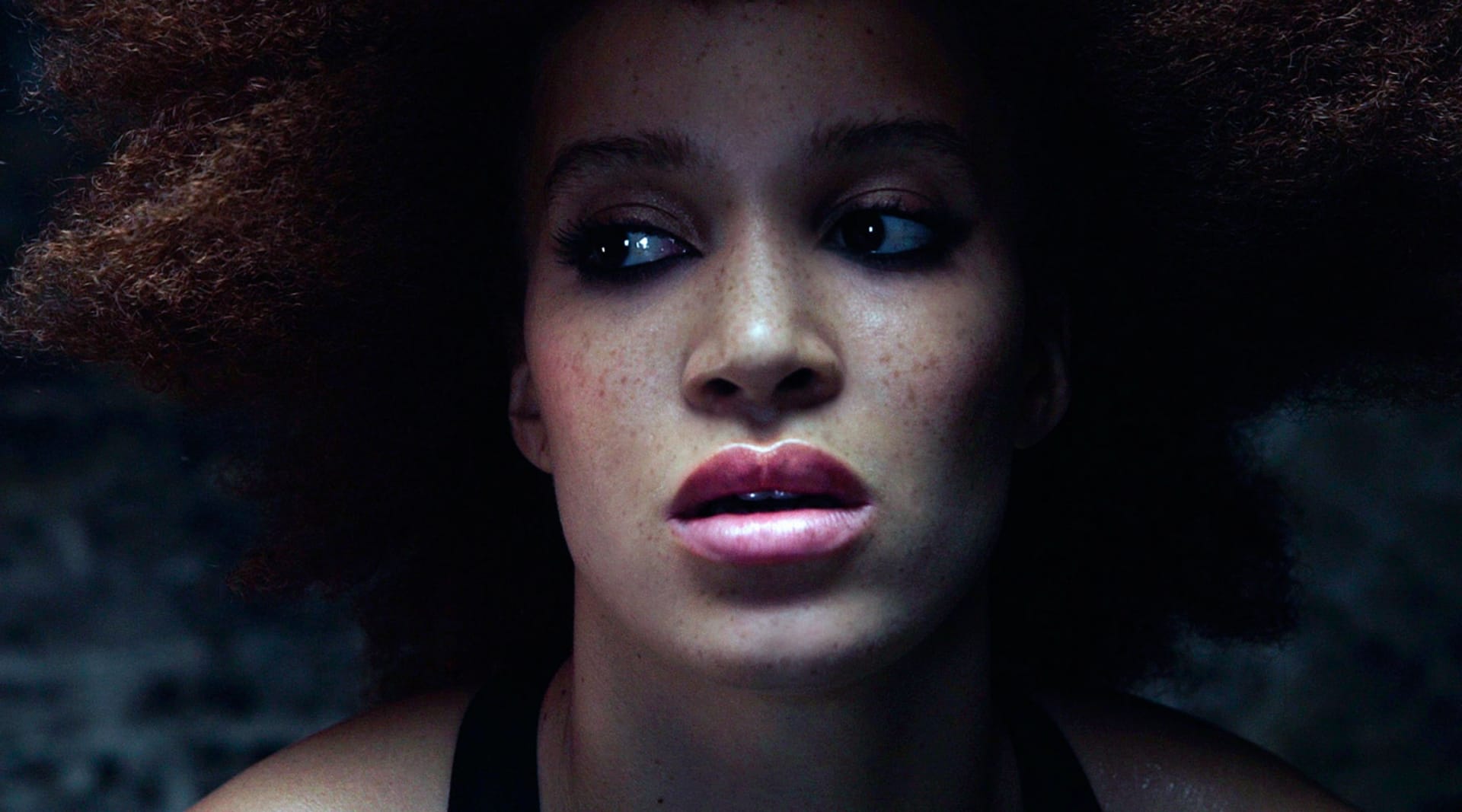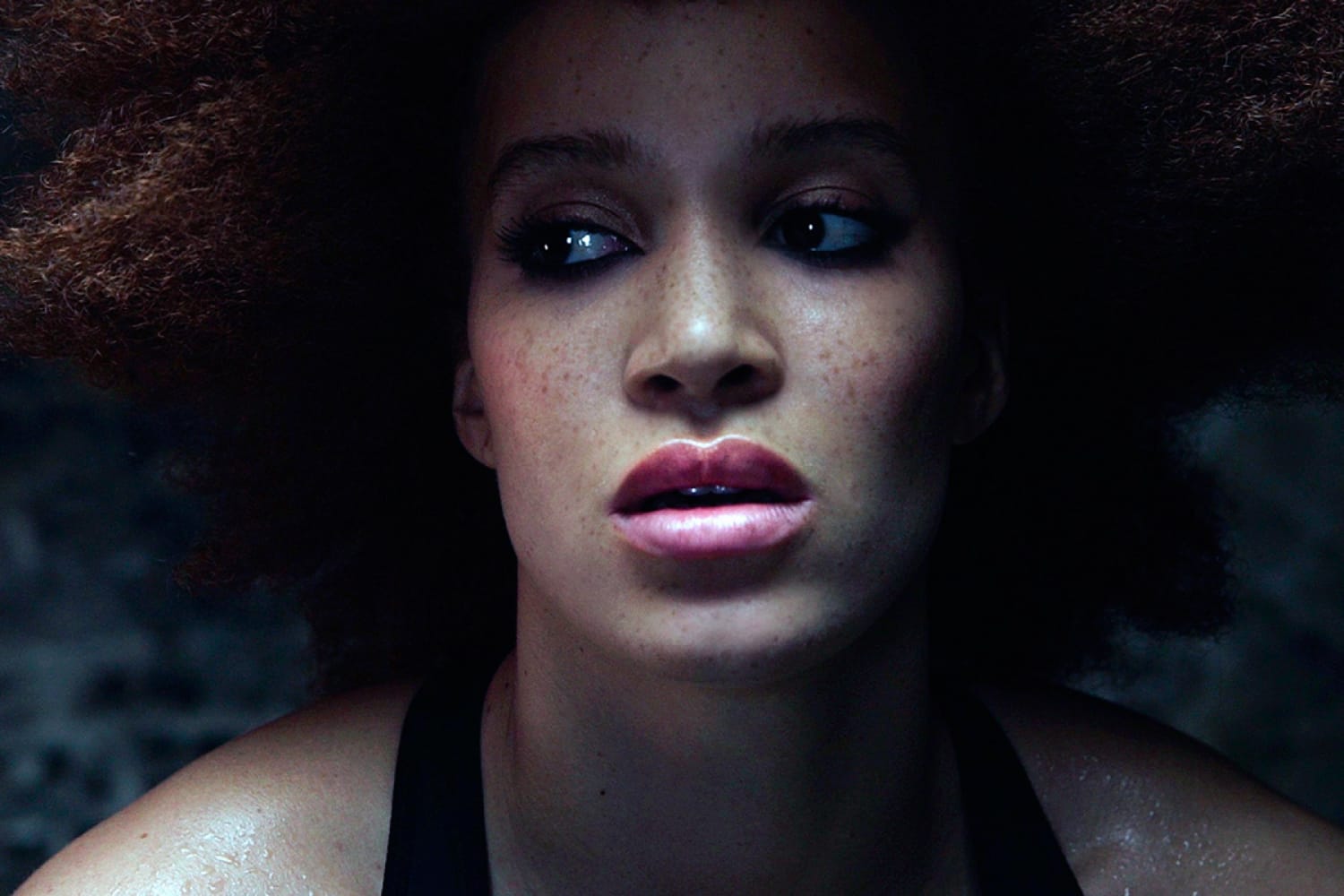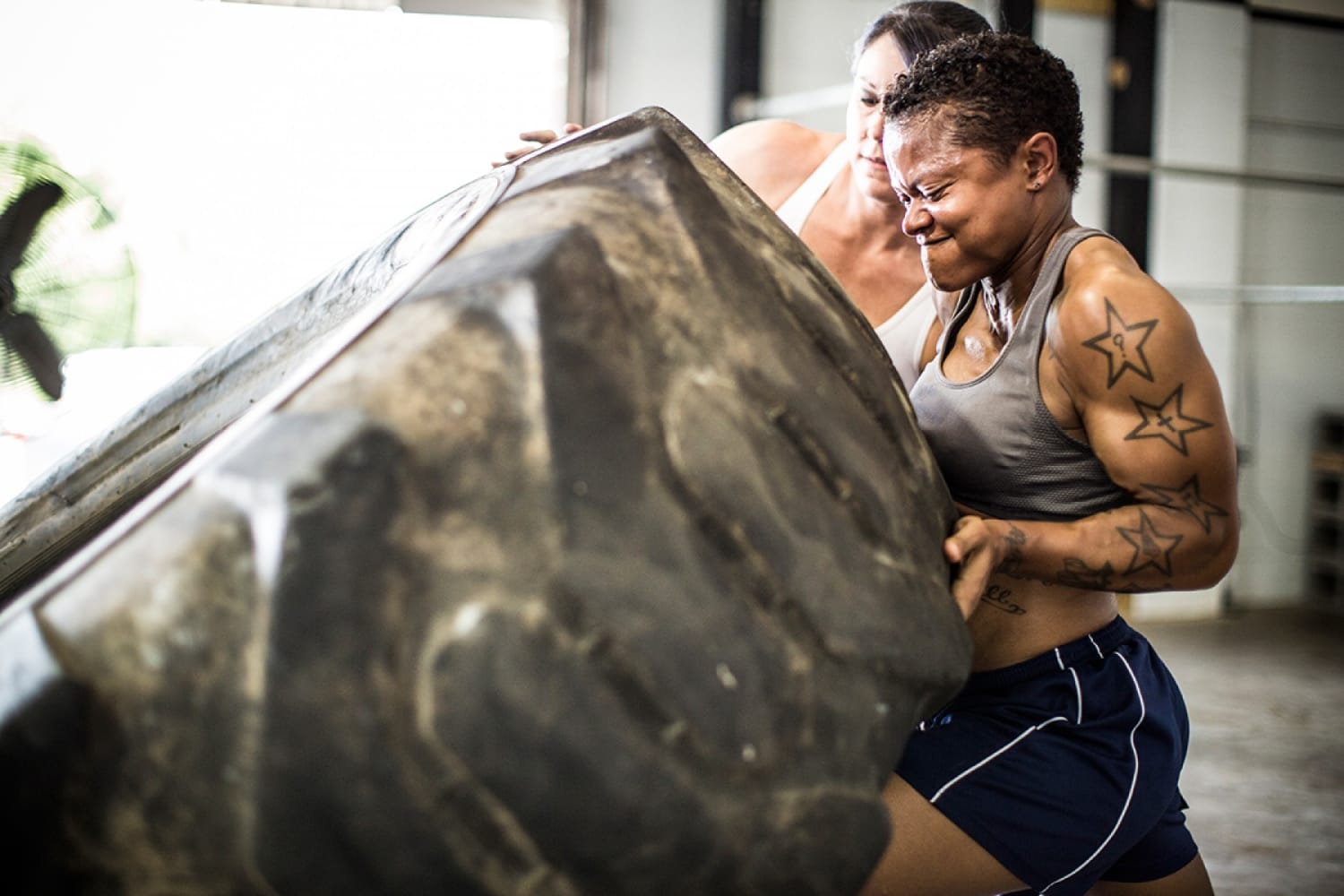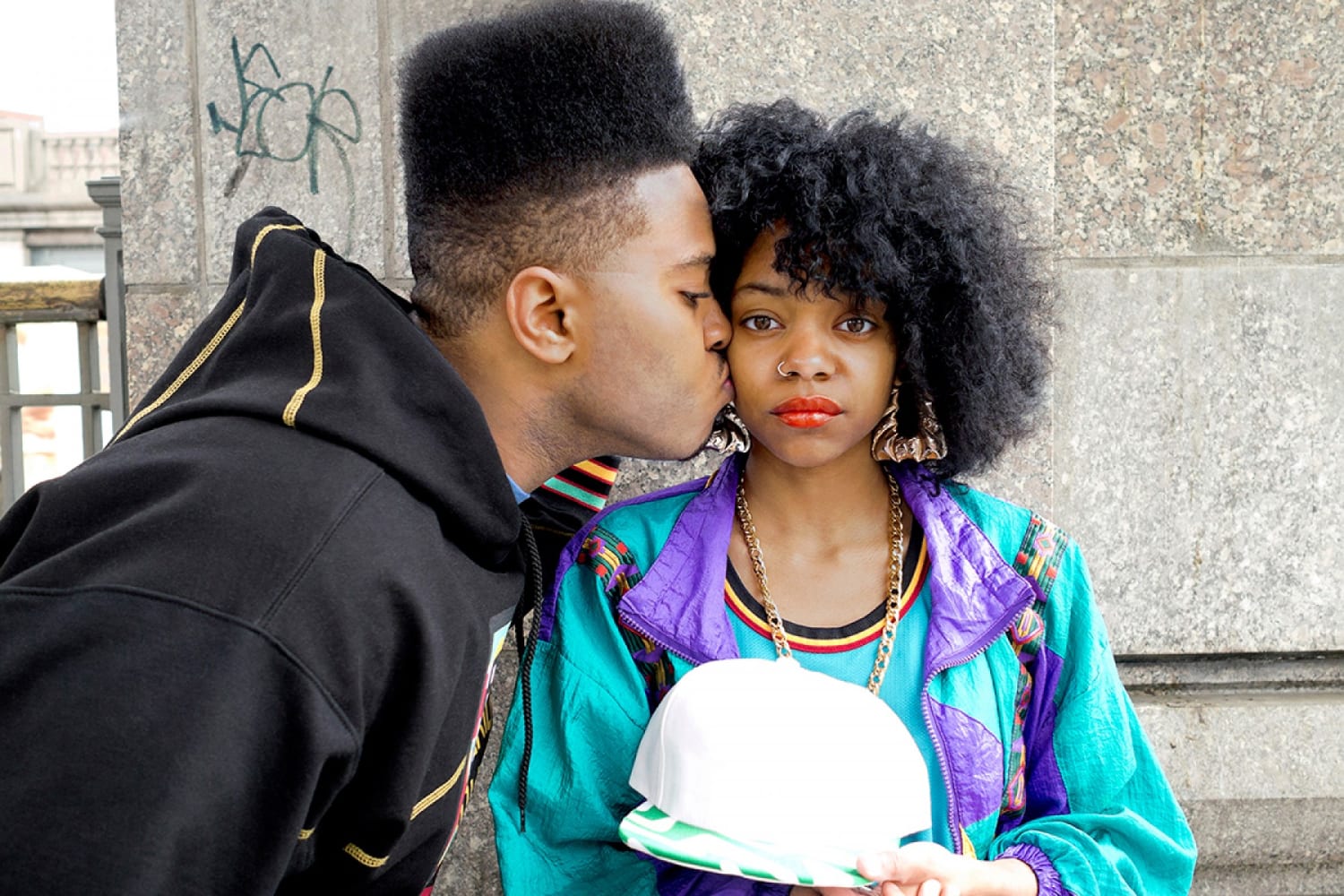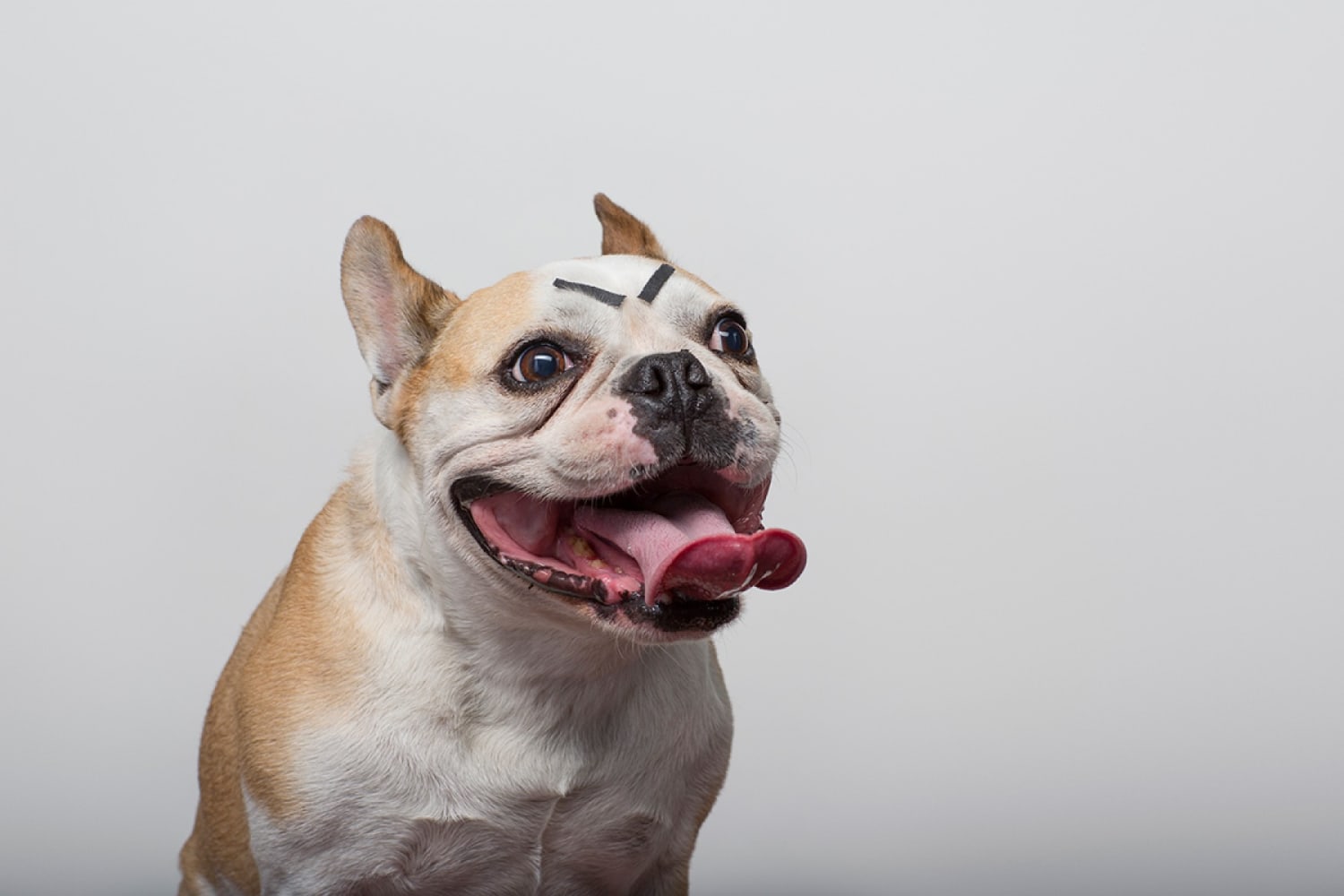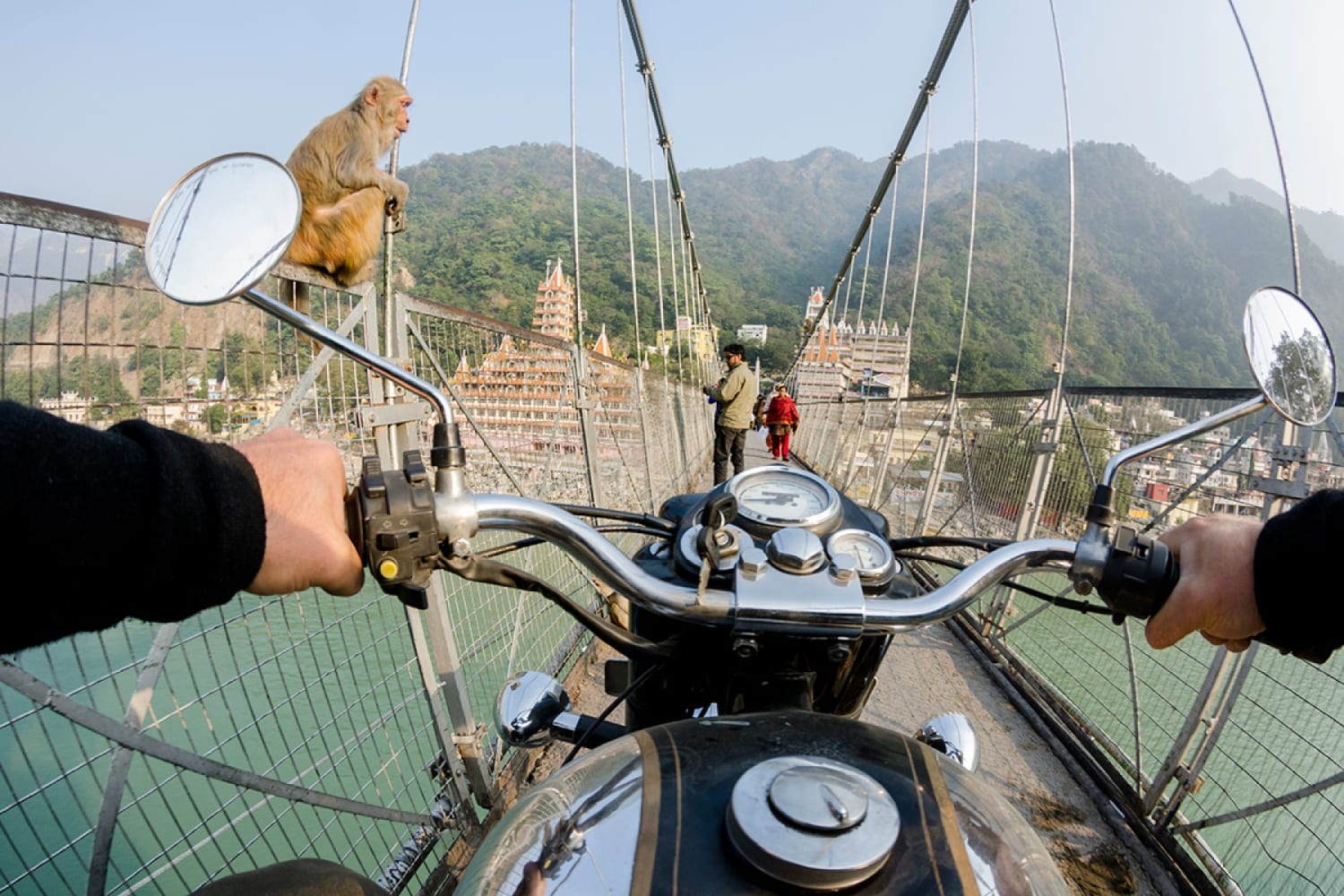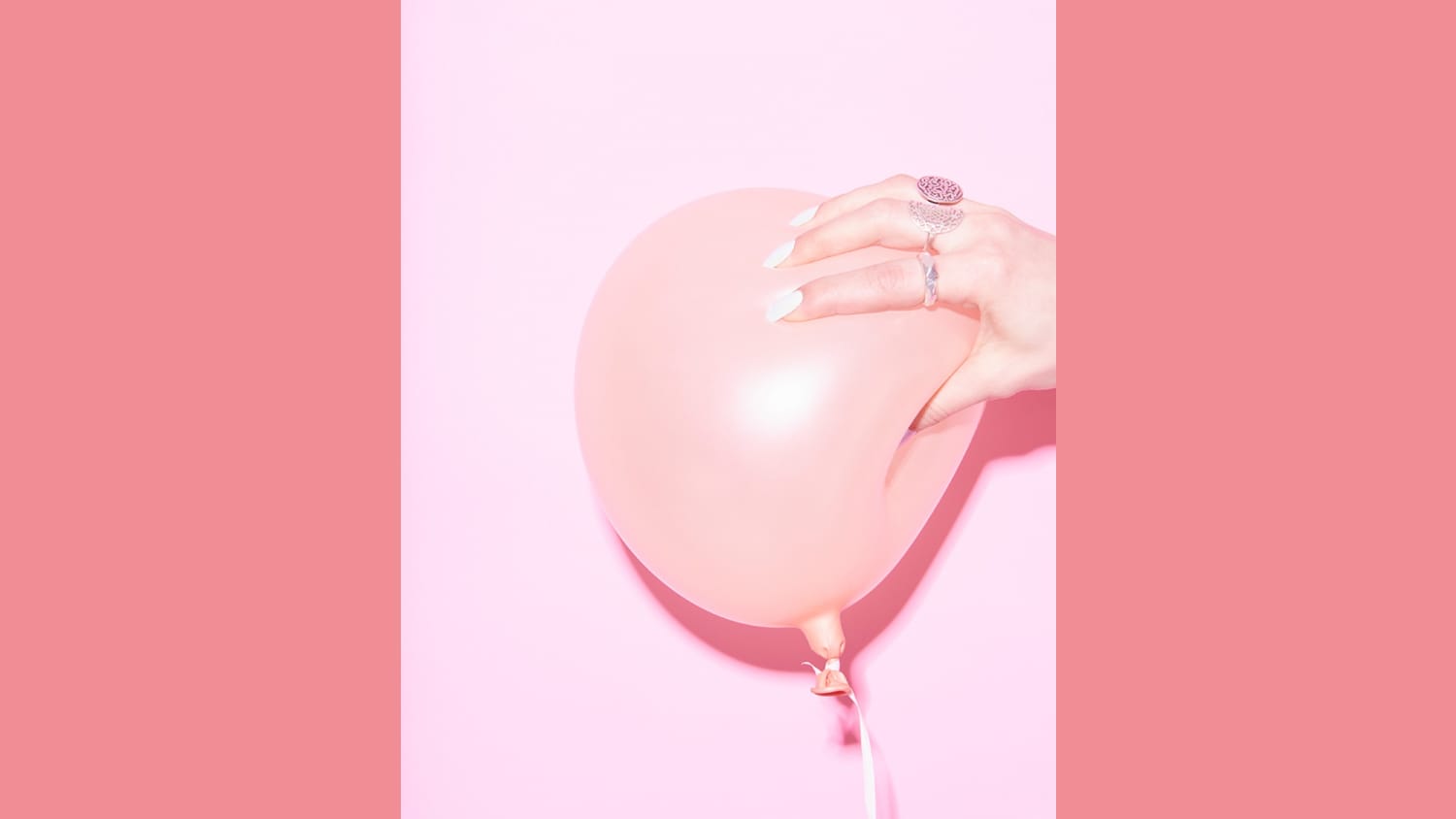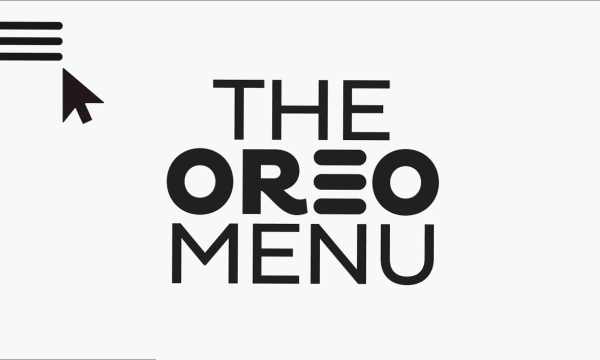Visual trends can be difficult to identify as they are happening, but Getty Images manages to do just that. For its annual trend report, the photo service analyzes imagery in pop culture and advertising, as well as data from its 400 million annual downloads, to predict the visual trends that will shape the year to come.
Trends for 2017 are collectively “awakening, shocking, engaging, electrifying,” said Pam Grossman, director of visual trends at Getty Images. Perhaps responding to a consumer that is number to advertising than ever before, this year’s trends push the envelope to capture viewers’ attention.
“I think people’s appetites for audacious, bold campaigns that have a real point of view and put a real stake in the ground are only going to increase,” Grossman told the Innovation Group. “The idea that brands will do or say anything just to get your almighty dollar is a really passé approach, and one that I think is going to hurt you in the long run if you just try to be all things to all people. Stand out, figure out what your purpose is, what your principles are, and then use incredible, rich, dynamic images to help get that message across.”
As in previous years, Getty’s visual trends don’t just examine popular aesthetics, they also offer insight into broader social trends. Last year, Divine Living captured a shift toward wellness and meaningful consumption, while Surreality featured escapist, other-worldly takes on the everyday (see also: our Unreality report). A growing industry response to the blurring of traditional gender norms was charted in 2015’s Genderblend. Read on to learn more about this year’s trends.
Unapologetic Women
Women’s lives continue to experience rapid change, as charted by the Innovation Group’s Women, Next report. Women have moved far beyond traditional roles to create new narratives around career, family, lifestyle, values and beauty. Getty Images has charted the change over the years; see 2014’s Female Rising or the Lean In collection, produced with the Sheryl Sandberg nonprofit.
Next year will see imagery of women pushed even further with Gritty Woman, who is “definitely much more of a badass,” says Grossman. “Certainly we saw a lot of ‘femvertising’ come out in 2013 or 2014, and it was all very ‘You go girl! You can do anything! But there still seems to be a narrative around ‘You’re beautiful just the way you are.’”
